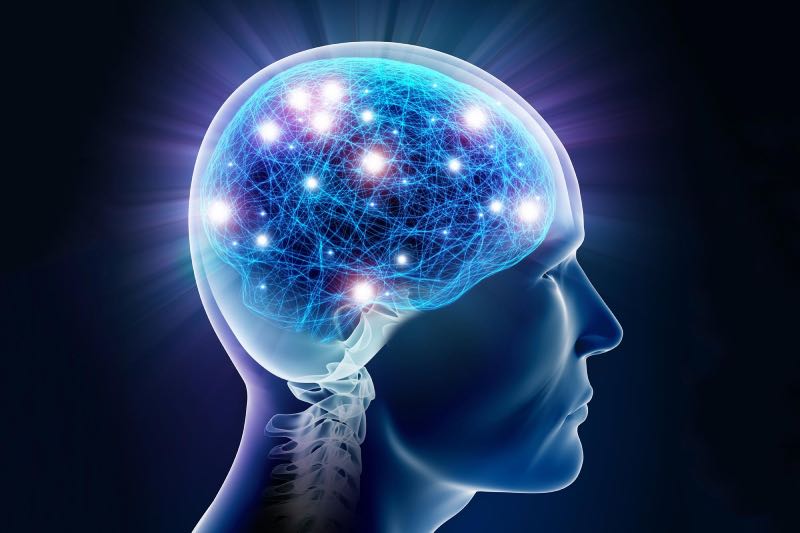For a long time, scientists believed that our brain saves information only once in our memory. However there might be more connections that will trigger a memory, but the information would only be recorded once. You might notice that some memories from a long time ago are faint, while recent events will be vivid in your brain. There is a reason for this, and scientists have been able to unlock the secrets of how memories get registered. A recent study from the University of Basel shows us that storing information in our brains might be more complex than we could imagine. Keep on reading and discover how your brain actually stores memories!
The groundbreaking Study unravels the three layers of our Memories
A groundbreaking study from the University of Basel reveals that our brains actually store each memory in different layers. These moments get “saved” in three distinct neuron groups:
- early-born neurons: These create long-lasting but initially weak memories.
- late-born neurons: They store vivid but temporary copies.
- middle-born neurons: the ones that maintain a stable version.
Over time, the late-born memories fade while the early-born ones strengthen, acting as the brain’s built-in backup system. So the information actually gets recorded 3 times to keep as a backup for the time that it takes the long-term to solidify them.

This breakthrough can help us with processing traumas!
Before, all trauma patients were treated in a similar way by trying to process the long-term information in our brains. However, this new discovery shows us that time is a very important factor in treating traumatic events. Scientists suggest that fresh events get stored in easily changeable, late-born neurons. These could be modified before solidifying in long-term storage. The same scientists claim that we can develop treatments to restore lost parts of your memory or weaken painful memories in our brains.
Study Source and Credit to:
- University of Basel: Study
